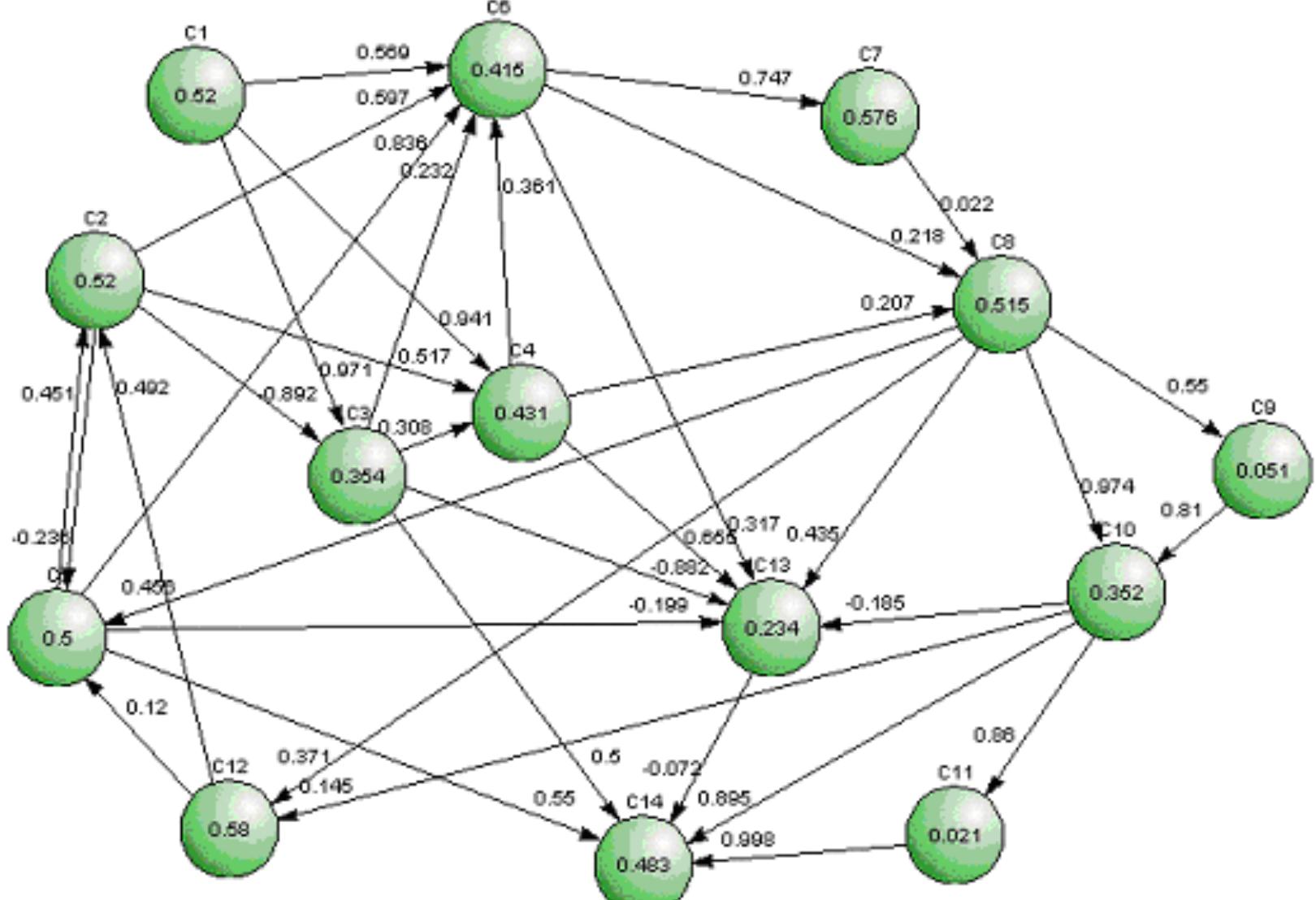Key research themes
1. How can cognitive architectures provide a computational framework that bridges human cognition, AI, neuroscience, and robotics?
This research theme focuses on developing unified computational frameworks—cognitive architectures—that model human-like cognition across artificial intelligence, cognitive science, neuroscience, and robotics. Such frameworks aim to integrate symbolic and sub-symbolic representations, encapsulate cognitive functionalities like memory, learning, reasoning, and perception, and serve both as explanatory models of natural cognition and blueprints for artificial general intelligence.
2. How do dynamical systems and non-representational frameworks challenge traditional computational models of cognition?
This theme investigates critiques and alternatives to classical computationalist models that rely on symbolic representation and discrete computation. Emphasis is placed on dynamical systems theory, continuous feedback loops, and embodied cognition, which model cognitive processes as emergent from system-environment interactions without invoking explicit representational content, thus reframing the understanding of neurocognitive activity.
3. What mathematical and probabilistic models can quantitatively describe human cognitive processes like memory, perception, and decision-making as dynamic systems?
This line of research investigates formal quantitative models employing mathematical, probabilistic, and dynamical approaches to capture the underlying mechanisms of human cognition—especially those describing memory recall, perception as probabilistic inference, and decision processes. These models seek to unify experimental data with computational theories to understand cognition as continuous, adaptive, and context-sensitive.










